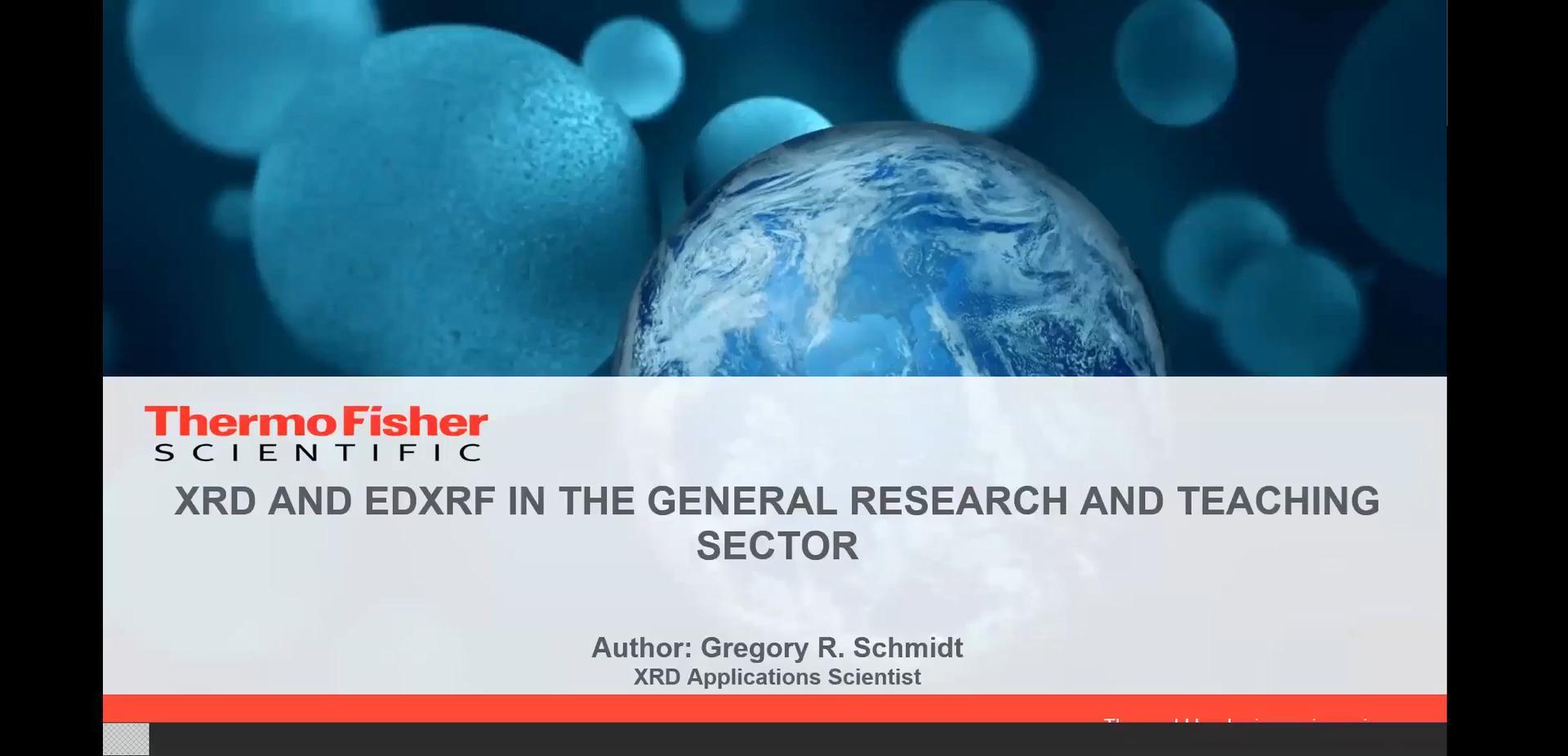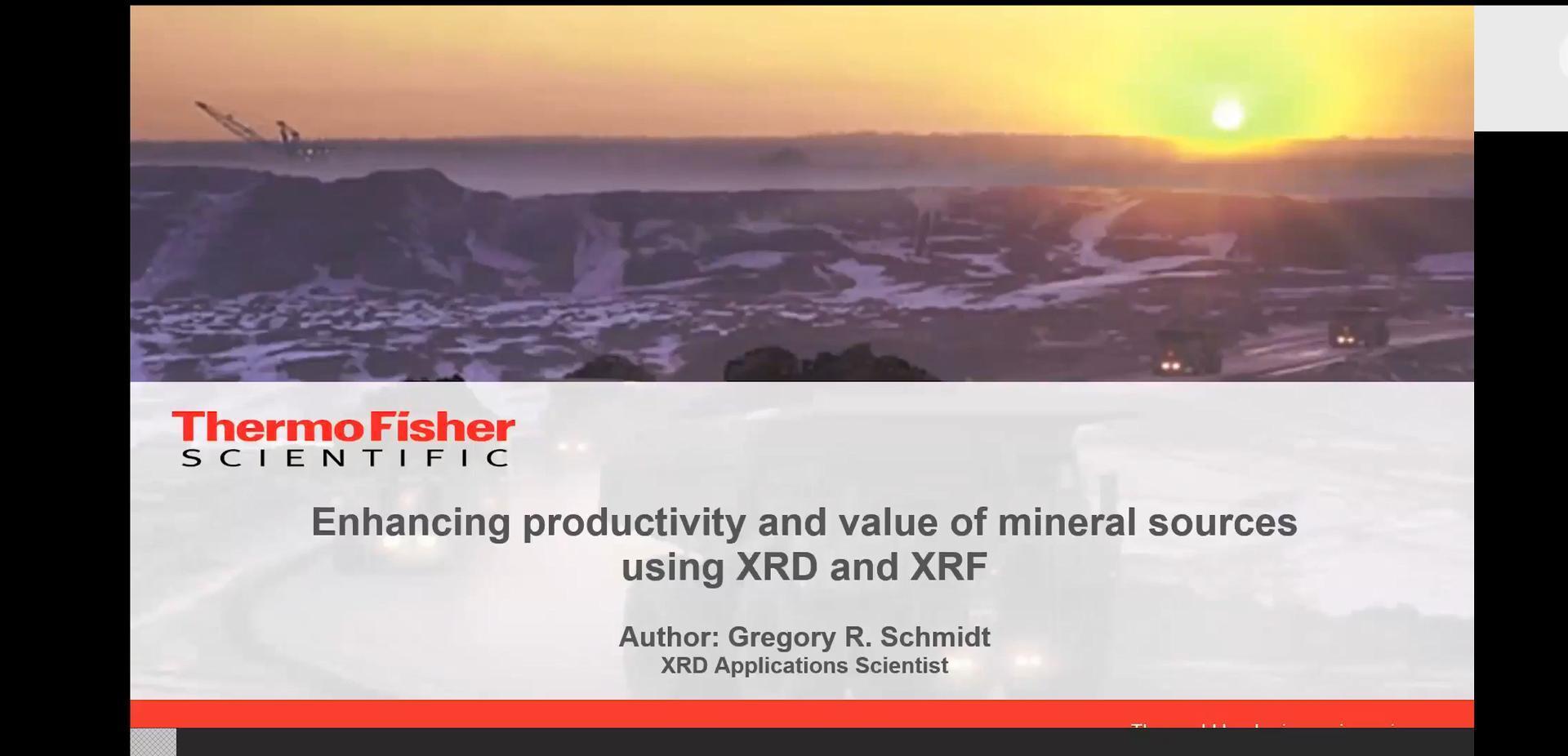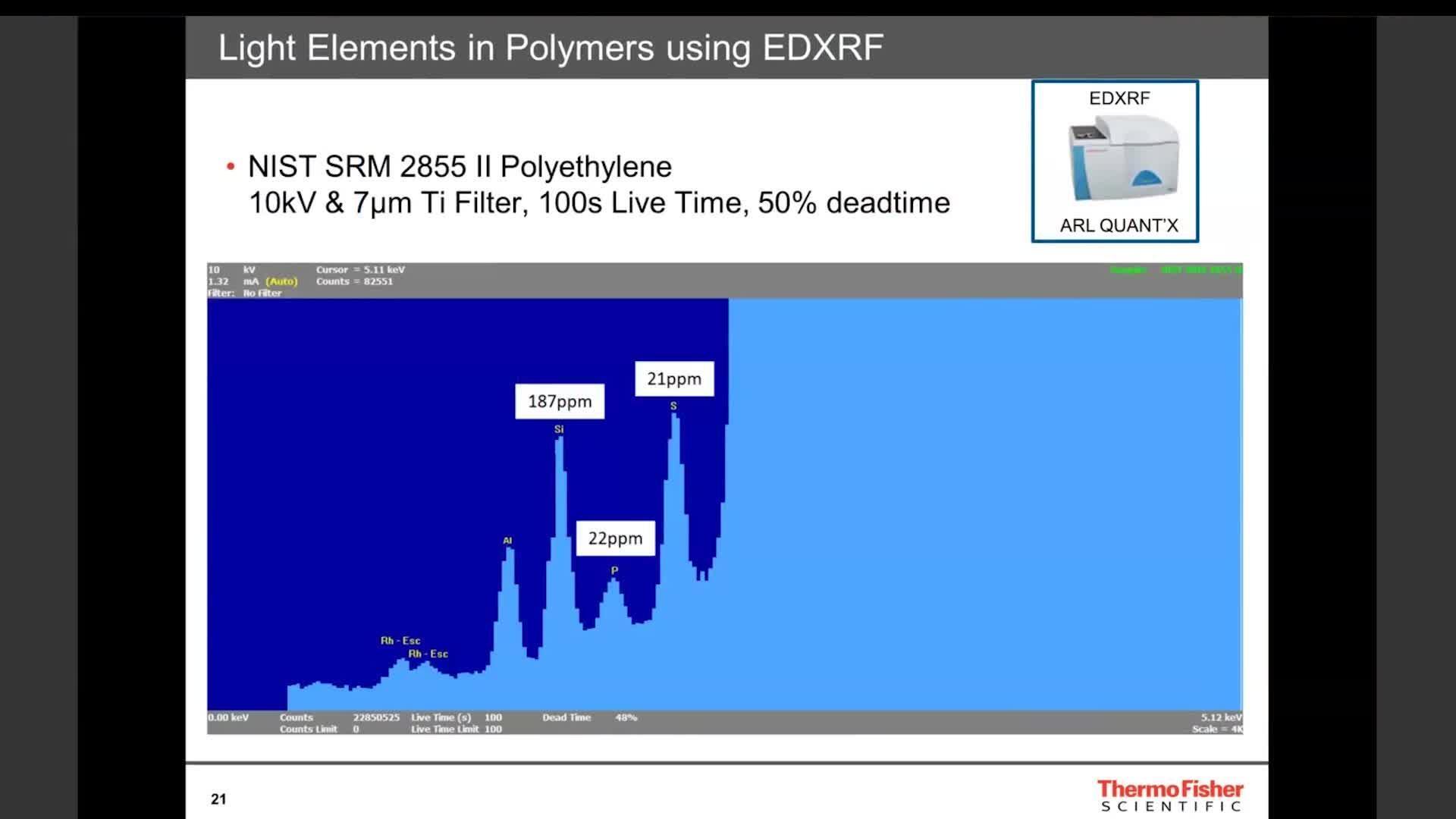
X-ray fluorescence elemental analysis
Understanding the elemental composition of your materials at multiple touchpoints in the workflow process can help you adapt to new challenges unique to your market sector. From metals and alloys to energy and environmental applications to additive manufacturing, X-ray fluorescence (XRF) spectroscopy can help you identify the chemical specifications of materials for a broad range of applications.
XRF metal analysis
The elemental composition of metals varies from grade-to-grade, corresponding to a wide variety of properties in terms of ductility, strength, weldability, and more. Highly reliable Thermo Scientific XRF spectrometers can be used to analyze the trace to percent element concentration levels of raw materials, slags, alloys, and coatings with accuracy and precision.
XRF analysis of cement
Thermo Scientific combined XRF-XRD spectrometers can be used to perform essential screening of incoming raw materials for the cement-making processes. They are also used to continuously monitor the composition of raw meal blends and clinkers to prevent process disruption and obtain suitable cement end products.
X-ray fluorescence spectroscopy for geology and mineral analysis
Thermo Scientific XRF spectrometers can help researchers understand the value of mineralogical samples by providing the precise elemental analysis required to quantify both economically important and undesirable compounds.
Elemental analysis of petrochemicals
Fuels can contain various undesirable elements such as sulfur, vanadium, or nickel, which can be severely detrimental if allowed to propagate through to the end-product. Thermo Scientific XRF instruments can be used to screen crudes and refined oil to guarantee optimal product quality and regulatory compliance.
Elemental analysis of polymers
As plastics are manufactured using an array of raw materials and additives, XRF analysis is an essential component in the plastics manufacturing chain, providing insights into additive concentration at the parts-per-million (ppm) range. Thermo Scientific XRF spectrometers can provide fast and accurate data about the elemental composition of these materials to ensure high-quality and safe products.
Elemental analysis of glass and ceramics
As process engineers manufacture glass and ceramics products, they need to combine the right components to develop products with outstanding end use properties. Thermo Scientific XRF solutions, particularly wavelength-dispersive X-ray fluorescence (WDXRF), are used to guarantee that each individual ingredient is accounted for with the precise elemental percentage needed to create the desired final product.
Elemental analysis of battery materials and energy storage devices
As the world strives to build a safe and secure future, it’s critical to deliver new, sustainable energy supplies. Using Thermo Scientific XRF spectrometers, researchers can get the elemental composition data needed to develop a new generation of renewables such as synthesized biofuels, while developing high-performance materials for next-generation electronics and energy storage devices.
Environmental research using X-ray fluorescence spectroscopy
Today, many environmental engineers are turning to XRF to improve their research and get faster results. Thermo Scientific EDXRF instruments help researchers screen air samples to routinely test for airborne particulates at extremely low levels of concentration. For busy environmental laboratories working on soils and sediments, Thermo Scientific WDXRF spectrometers can provide the high-resolution data required.
Elemental analysis in additive manufacturing
Additive manufacturing provides a fast, cost-effective way to build prototypes, customized products, small batches, and products with complex designs. As manufacturers work with different printing materials, Thermo Scientific XRF instruments can be used to examine the quality of powders used for 3D printing.
For Research Use Only. Not for use in diagnostic procedures.



